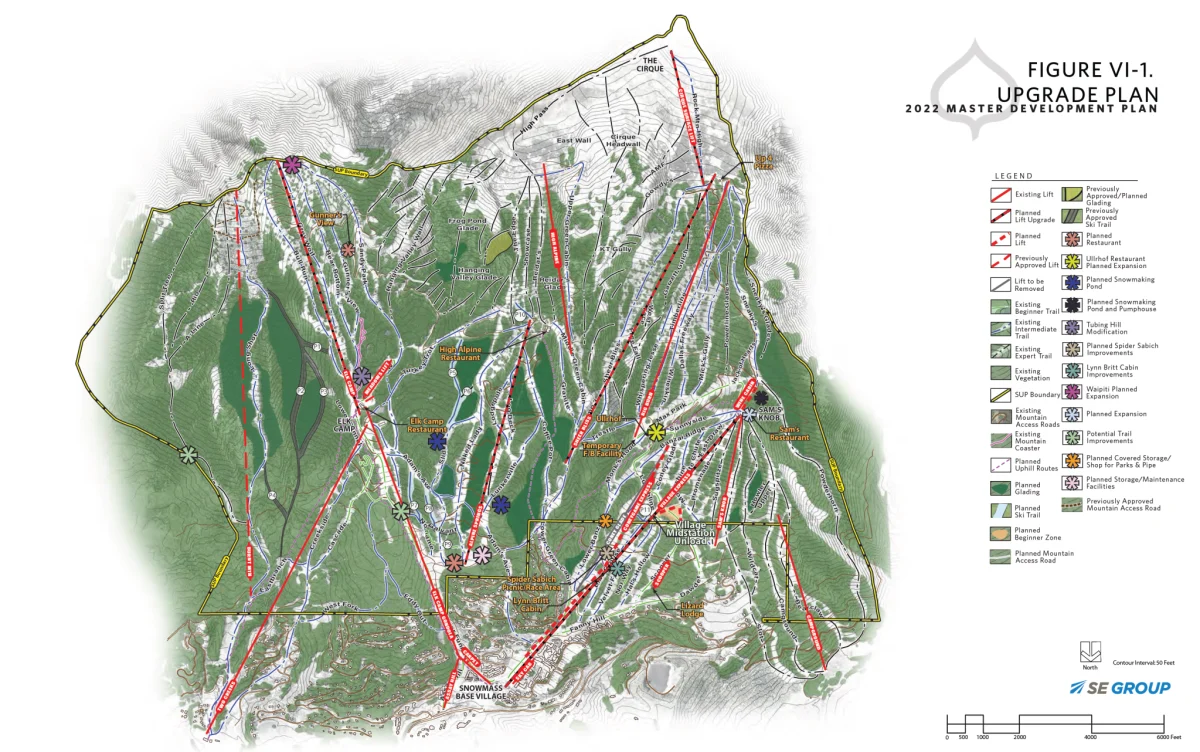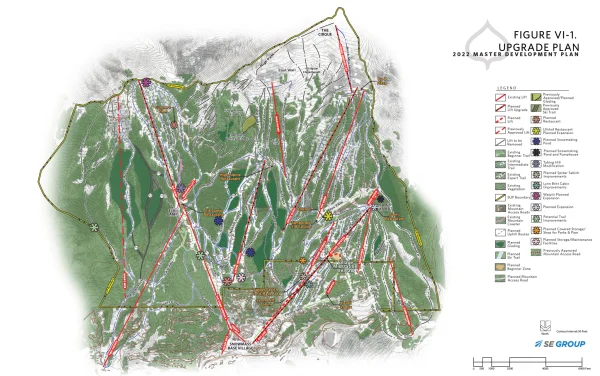Impact of Earthquakes in Turkey and Syria
You wake up in the early morning hours, the ground shaking so subtly you think you’ve dreamed it. You check the time on the alarm clock next to your bed, 4:13 am. Now awake, you reluctantly toss over your covers to head to the bathroom. Yawning, you pass your sister’s room, then your parents, who are all sleeping soundly. Suddenly your apartment walls tremble violently and screams pierce the air. Pictures that once hung neatly on the walls crash to the ground and the dishes from last night’s dinner crack in the sink. Your parents come rushing out to the hallway, that’s when the ceiling gives out. Without warning, debris blurs your vision, and your mother screams your name, but the last thing you hear is the crash of your home and everything inside it collapsing.
On February 6th, 2023, two major earthquakes hit on the border of Turkey and Syria. Gaziantep, Turkey, and Idlib, Syria, which sit directly on the Anatolia and Arabian tectonic plates, saw the largest and most devastating destruction. At approximately 4:17 am that Monday morning, the first earthquake measuring 7.8 on the Richter scale caused apartments, businesses, office buildings, and homes to cave in. People were crushed by their belongings and buried under rubble from the fallen infrastructure. Another quake measuring 7.5 hit sometime around 1pm in the afternoon. As of February 24, over 47,000 people between Syria and Turkey have been killed.
These earthquakes did not come without warning. Since 2019, there has been a steady and predictable string of earthquakes across Turkey, the largest one measuring in at 7.1 and 117 deaths occured in 2020. But the fact is, these large scale earthquakes are usually seen years or decades apart from one another. Turkey and Syria saw the most recent ones in a span of only 9 hours. It was a shock to many and has been deemed by countries across the globe, the UN, and World Health organization one of the world’s most deadly natural disasters.
Areas in Turkey and Syria with the highest poverty rates have seen the most damage and destruction. In Turkey specifically, the earthquakes damaged more in the western part of the country, which is known for its significant impoverished and socioeconomically challenged population. Because of past devastating earthquakes, buildings in Turkey are required by law to be built with earthquake-resistant materials such as steel or concrete, which can increase the cost of construction exponentially. Due to higher costs, many builders in Western Turkey have bypassed this law. Many engineers in Turkey acknowledge that builders tend to ignore these safety precautions and believe they should be better enforced by the Turkish government. At the time of the most recent earthquake, only 1 in 10 buildings in Turkey fit the nation’s earthquake-resistant building code. The construction of these inadequate buildings and the intensity of these natural disasters has increased both collapse and death rates.
Rescue workers have been pulling people from building debris for over a week. Many people in Turkey and Syria have spent over 200 hours in the wreckage without food, water, and other necessities for survival. The UN (United Nations) has donated over 036;397 million to provide food, medical care, water, and clothing to those affected. Others around the world have raised money and clothing through fundraisers, online platforms, and more to help the thousands of people who have lost their homes, belongings, and families to the earthquakes.

Addy is a senior at AHS and has been on the Skier Scribbler for two years. She has always had a passion for writing and enjoys using journalism as an outlet...


























